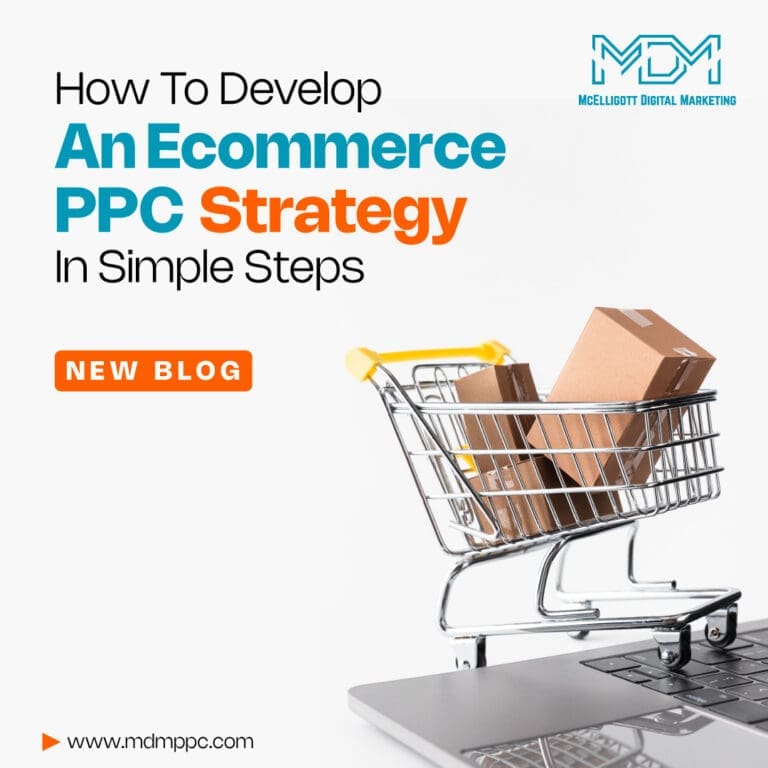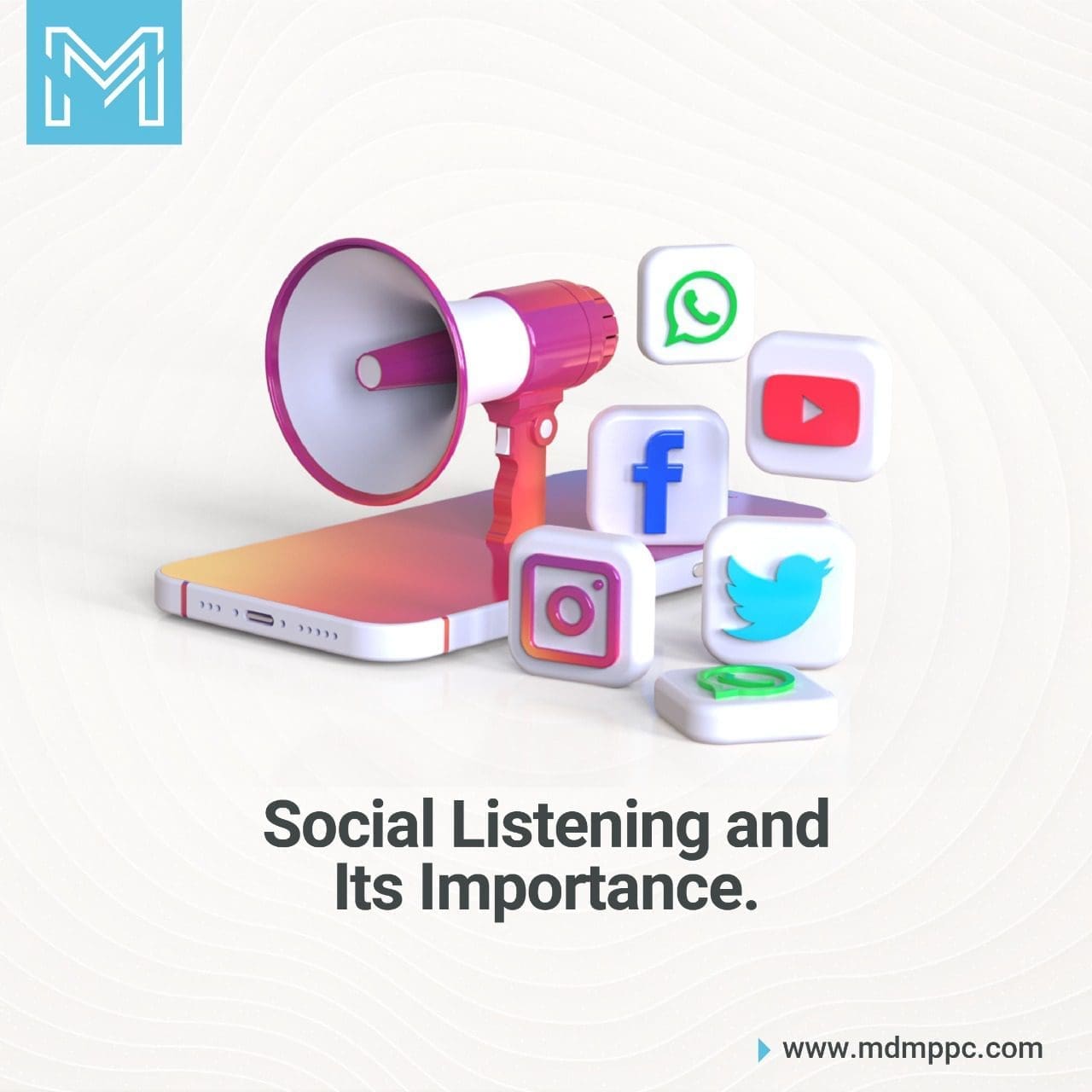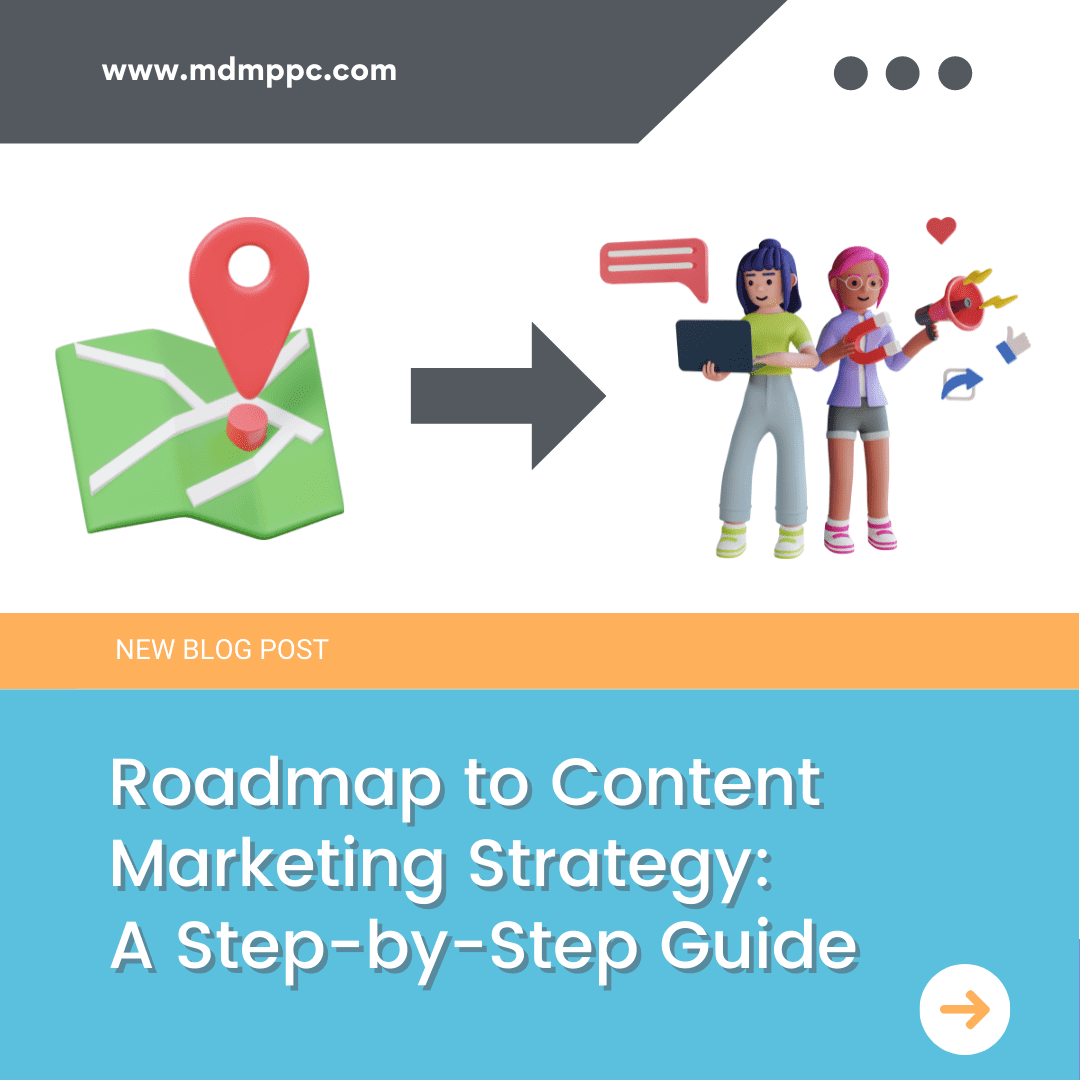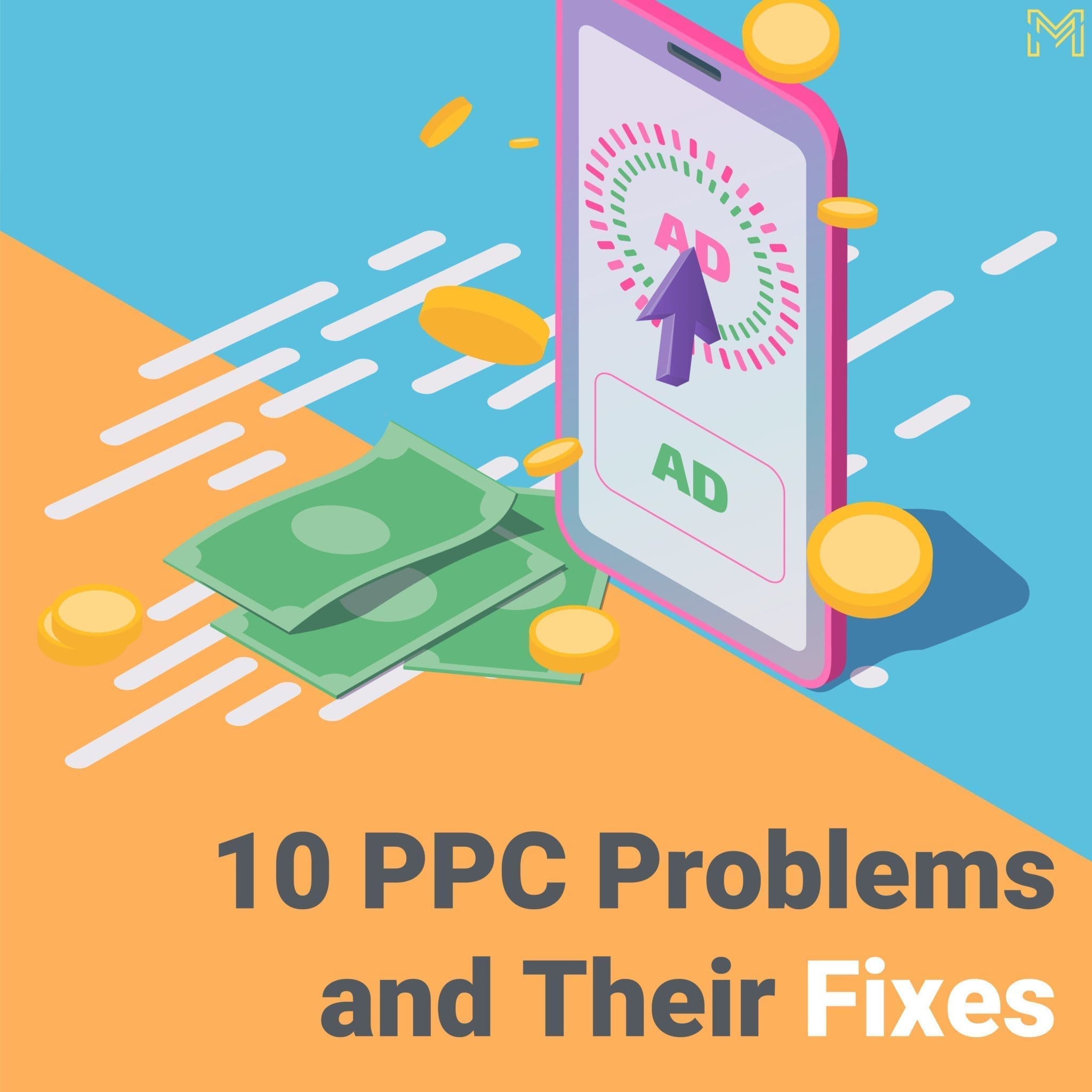E-commerce stands out as an exceptionally competitive field within search engine marketing (SEM), and that poses challenges for businesses and marketers.
Irrespective of the industry, the challenge persists, with industry titans like Amazon and Walmart ever-present, and the constant threat of agile niche startups vying for attention.
Whether you operate in a niche or contend with industry giants such as Amazon, the landscape is intense. The evolving dynamics, with an increasing focus on Shopping ads, demand retailers to embrace sophisticated approaches to maintain a competitive edge.
Crafting a strategic plan for your E-commerce PPC ads is imperative to maximize the effectiveness of your budget.
Pay-per-click (PPC) advertising, a widely adopted model in online advertising, holds appeal for businesses of varying sizes. An e-commerce venture opts for digital advertising due to its data-driven nature, scalability, and the promising return on investment it can offer.
In this blog article, you’ll learn about e-commerce PPC and how to create an e-commerce PPC strategy that is great for your business.
What’s an e-commerce PPC?
Alright, let’s break down E-commerce PPC in simple terms for your online business!
Imagine you have a physical store, and you want more people to walk in and buy your awesome products. E-commerce PPC is like putting up a big, eye-catching sign outside your store, but in the online world.
Here’s how it works. When someone on the internet searches for things you sell, like “cool sneakers” or “stylish handbags,” your ad appears right at the top. The cool part? You only pay a small fee when someone clicks on your ad – it’s like paying only when someone walks into your store after seeing your sign.
Think of it as a shortcut to getting noticed. If you’re a clothing store and someone is searching for “trendy clothes,” your ad pops up, and they might click on it to check out what you offer.
But it’s not just about words. E-commerce PPC also includes showing off your products visually. Imagine someone searches for “new gadgets,” and there, among the top results, are pictures of your latest gadgets with prices and links to buy them. That’s thanks to Google Shopping and other platforms.
The best part is, you can see how well your ad is doing. It’s like having a report card for your online sign – you know how many people saw it, clicked on it, and even bought something.
In short, E-commerce PPC is like having a fantastic online billboard that brings more people to your digital store, and you only pay a bit when they decide to step inside.
It’s a smart way to get noticed and boost your online sales!
Why use pay-per-click advertising for your e-commerce site?
There are many reasons to integrate Pay-Per-Click (PPC) advertising into your e-commerce strategy.
1. Data-driven approach
In the e-commerce market, where every click and conversion matters, PPC aligns seamlessly with your data-centric approach.
By carefully tracking every aspect of your campaigns, from user engagement to conversion rates, PPC provides a wealth of real-time insights. This data-driven harmony empowers you to make informed decisions, optimizing your strategies for maximum impact.
2. Easy campaign optimization
Optimizing an e-commerce store for conversions shares a common ground with fine-tuning a PPC campaign for more clicks.
For e-commerce store owners, it’s like speaking the same language. The strategies that prove successful in enhancing your digital storefront naturally align with the tactics that drive success in your PPC endeavors. This intertwined relationship between store optimization and PPC simplifies the overall optimization process, making it an intuitive and streamlined experience.
3. Budget control
Unlike traditional advertising which often demands substantial upfront payments, PPC allows you to set your budget.
The flexibility to pay only when results are evident and the ability to adjust your spending on the fly grant you unparalleled control over your advertising budget, ensuring a cost-effective and strategic approach.
4. Instant visibility
For e-commerce businesses, attention is a prized commodity, and here, PPC acts as your instant visibility booster.
When potential customers search for products you offer, your ads secure a prime position at the top of search engine results. It’s similar to having a storefront on the busiest street in town, ensuring that your products are noticed first. This immediate visibility is instrumental in capturing the attention of potential customers and driving them to explore your offerings.
5. Flexible timing for promotions
Planning and executing special sales or promotions become a breeze with PPC’s flexible timing options.
For example, the Black Friday sales campaigns recorded a considerable high, proving the use of PPC advertising by e-commerce business owners.
Imagine having the power to decide when your ads shine the brightest. Whether it’s aligning with seasonal events, holidays, or specific sales periods, PPC allows you to synchronize your advertising efforts with precision. This flexibility ensures that your promotional messages reach your audience when their interest and buying intent are at their peak.
6. Real-time adaptability
Your advertising strategy should be dynamic, which means it needs to adapt to quick changes.
PPC offers real-time adaptability, allowing you to respond swiftly to changing circumstances. If a particular product gains unexpected popularity, you can instantly boost its visibility by adjusting your bidding strategy.
Conversely, if certain products or campaigns aren’t delivering the expected results, quick tweaks can redirect your budget to where it matters most.
7. Detailed performance insights
PPC reports serve as a report card for your online business. They provide detailed insights into the performance of your campaigns, offering information about who clicked on your ads, what actions they took on your site, and whether they made a purchase.
This level of granularity enables you to understand the effectiveness of your advertising efforts and make data-driven adjustments. It’s like having a magnifying glass for your marketing strategy, allowing you to refine and optimize for continued success.
8. Geographic targeting to attract local customers
For e-commerce businesses catering to specific regions or communities, PPC offers a great tool for precise geographic targeting.
Whether you’re a bakery in New York or a surf shop in California, you can tailor your ads to reach audiences in those locations. This localized approach ensures that your advertising resonates with the right audience, fostering a sense of community engagement.
It means speaking directly to your local customers, enhancing the relevance and impact of your marketing messages.
How to create an e-commerce PPC strategy?
1. Know when your customers shop
Understanding the seasonal patterns of your customers is crucial. Look back at your sales data—analyze past years, holidays, and any seasonal variations. Identify patterns during holidays, seasons, and other significant events. This foresight enables you to tailor your campaigns to align with the ebb and flow of customer demands, ensuring relevance and impact.
By identifying when demand tends to shift, you can strategically time your ads to maximize visibility during peak shopping periods.
2. Get your ads seen at the right time
Timing is everything, especially in the fast-paced world of online retail.
Mastering Search Engine Results Page (SERP) optimization is not just about having ads, it’s about having them visible when your potential customers are actively searching. Submitting relevant product information to Google ensures that your products are not just present but prominent when users are ready to make a purchase decision.
Optimizing the timing of your ads involves more than just setting them up. Consider submitting a comprehensive product feed to Google. Think of it like providing all the necessary ingredients for a recipe, the more information Google has, the better it can showcase your products to potential customers.
3. Organize your ads like your products
Your ads are essentially digital shelf space. However many business owners don’t organize their ads carefully due to lack of time or resources.
Organize them logically—create campaigns for different product types, and within each campaign, have ad groups that group together related products. This way, managing your ads becomes as seamless as organizing products on store shelves.
4. Choose specific keywords
Think of keywords as the language your customers speak. Instead of generic terms, target specific ones related to your products. Smart strategies involve focusing on long-tail keywords – specific, targeted, and more likely to connect with users looking for exactly what you offer. Steering away from broad-tail keywords, which might bring in volume but lack relevance, is a strategic move toward quality over quantity.
Tools like Google Keyword Planner and SEMrush can help you refine your keyword strategy by considering search volume, cost-per-click, and competitive density.
5. Say no to irrelevant searches
Negative keywords act as filters.
They ensure your ads don’t show up for searches unrelated to your products. Creating a robust list of negative keywords is like refining your guest list, ensuring that only the most relevant searches get an invite to your ad party.
Not adding negative keywords eats up the campaign budget unnecessarily and without giving any profit.
6. Add extra info to your ads
Ad extensions are the bonus features of your ads. They provide additional information without creating entirely new ads. Use them strategically, whether it’s showcasing special offers, promotions, or adding links to other relevant pages- these extensions amplify your ad’s appeal.
7. Make your website welcoming
A well-optimized landing page is like a welcoming storefront.
Ensure that the page your ad leads to is visually appealing and has relevant products or information. Think of it as creating an in-store experience for your online visitors.
8. Use tools for better keywords
Keyword tools are your linguistic guides. Dive deep into the words and phrases your customers are using. Understanding their language helps you tailor your keywords to resonate with your audience.
Analyzing search volume, cost-per-click, and competitive density helps you craft a keyword strategy that resonates with your target audience and aligns with your business objectives.
9. Know what your customers want
Your customers are all different, their intents vary.
Understanding and categorizing their intent – whether transactional, informational, or navigational – allows you to tailor your campaigns accordingly. Each intent requires a unique approach, from guiding a potential buyer toward a transaction to providing valuable information during the research phase.
10. Crack the code of Google Shopping
Google Shopping operates by its own set of rules. Instead of bidding on keywords, your product information takes center stage.
Understanding the mechanics involves optimizing your product feed, and ensuring accurate and relevant details. This unique approach to advertising demands a nuanced strategy to ensure your products stand out in the visual landscape of Google Shopping.
Optimize your product information for this unique platform. Clear, concise, and attractive product details make your products stand out in this visual-oriented marketplace.
11. Give your brand a boost
Your brand is the face of your business. Allocate a separate campaign to monitor its performance. A dedicated campaign for brand keywords ensures that those already familiar with your brand receive a tailored experience.
Analyze how well it’s recognized and perceived by your audience, and adjust your strategy accordingly.
12. Tell your product’s story
Your ad isn’t just a placeholder in the Google search results, it’s a storyteller. Craft compelling ad copy that not only highlights product features but also speaks to the customer’s needs and desires. Consider it a narrative that entices your audience to engage.
It’s not just about listing features; it’s about addressing customer needs and setting your product apart from the competition.
What unique value does your product offer? How does it address the specific needs of your customers? These questions guide creating an ad copy that resonates.
Increase your holiday sales with McElligott Digital Marketing
Businesses are trying their best to put their product on the most attractive shelves- whether it’s in their stores or online.
We can’t optimize your store but we surely can create and manage PPC ads that drive customers to your ecommerce site and stores as well.
With our years of experience in e-commerce advertising, we know how to optimize and scale e-commerce PPC campaigns for business owners.
Talk to us today to know more about our PPC services or get a FREE quote.





